Breaking the Cycle: How to Heal Attachment Trauma and Build Healthy Relationships
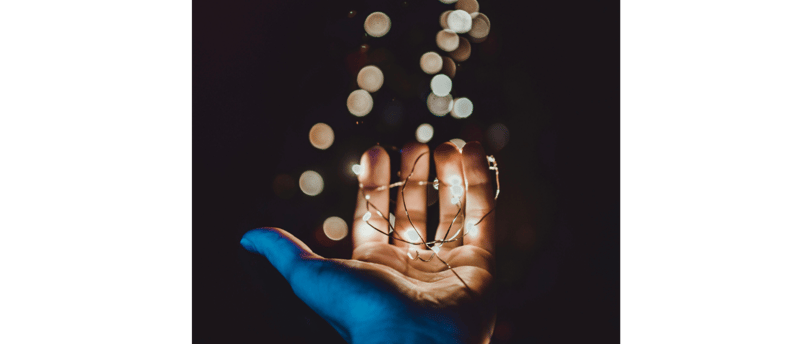

Attachment Trauma
Attachment theory posits that the bond between a child and their primary caregiver has a significant impact on the child’s emotional and social development in a way that has lifelong implications. Through our early childhood interactions with parents and from observing the relationship dynamics around us we develop a construct of rules, norms, assumptions and interpretations that form how we make sense of the world and our place in it. This includes beliefs about romantic relationships; what we are driven to seek out in a partner, how we show up in relationships, our underlying expectations, and also the stories we bring with us from our accumulated experience.
Stories such as, “People always leave me as soon as I let my guard down", or "If they need me, maybe they won't leave me", or "I always mess it up and hurt people, I'm better off alone".
Early attachment trauma also affects the development of the nervous system, making an individual prone to easily becoming emotionally dysregulated. Young children need emotionally attuned caregivers to model healthy ways of experiencing and expressing emotion in order for them to learn it themselves, and if this critical need is not met the the child learns to cope in the best way that they can, and these patterns of emotional response can become quite entrenched and unhelpful in later life.
There are three distinct types of insecure attachment style; anxious, avoidant, and disorganized (or fearful avoidant); that develop when a child’s emotional, social, and safety needs are not properly met, and these different attachment styles are drawn together in adult romantic relationships in quite predictable ways as they unwittingly re-enact their attachment wounds. The same patterns play out time and time again as we are driven to seek out what is familiar, what fits into our construct of what love feels and looks like. The beliefs and stories we have about relationships and ourselves are reinforced and each time it’s the same drama with a different twist, but we fail to notice what is actually happening beneath the surface.
At the core is the power struggle that arises from the tension between the fear of abandonment and the fear of intimacy, the push and pull dynamic that is inherent to insecure relationships, and people’s different needs and constructs and stories coming crashing into each other’s with a gulf of actual understanding in between.
It is absolutely possible to build a healthy and secure relationship between two people with an insecure attachment style, and in that both can find deep healing. Attachment wounds are relational by nature, so it is in relationships that they are most triggered, and also most healed.


Understanding Your Core Beliefs
It is helpful to first identify your own attachment style, and to delve back into your childhood memories to understand how it came to be. Spend time reflecting on your family of origin, the circumstances of your early childhood. What were the adverse life events and cultural norms that shaped your family’s intergenerational child raising practices and attitudes? What was your role in the family? What were the unspoken rules you learned pertaining to expressing needs and emotions, and how did that affect the way you perceive and experience your needs now? Did you ever feel unsafe, emotionally or physically, and how did you learn to navigate that and protect yourself? Do you perceive other people as sources of comfort and support? Do you feel like your needs matter, that you have worth?
Some examples of rules are:
My needs are an inconvenience to others and I must take care of them myself.
Showing emotions is a burden on others and a sign of weakness.
I must keep small and quiet to avoid trouble.
I only have worth if I am being useful to others.
I must perpetually try to earn the love and approval I crave.
The world is dangerous and you have to be hard and tough to survive.
Take time with the process, and from these reflections you should be able to extrapolate a list of rules or core beliefs. I encourage you to write them all down and sit with them. Painful memories and feelings will surface so it’s important to have a good self-care plan in place and to hold space for yourself with compassion. If you grew up in an abusive home this can be particularly hard as you will have internalized beliefs such as that you are inherently bad and shameful and it’s your fault, you deserved it. Try to see your little child self as a completely separate entity from yourself and ask yourself if any child deserves to be treated the way you were. If you think that any child deserves to be treated with anything less than gentleness, patience and compassion, then it’s worth reflecting on why you think that and see if your attitudes need updating.
This is an important first step of healing, to learn how to see these beliefs as trauma-formed constructs and to begin to unhook from actually believing them. Having this explicit insight into your core beliefs will help you to separate out your experience into patterns and themes.
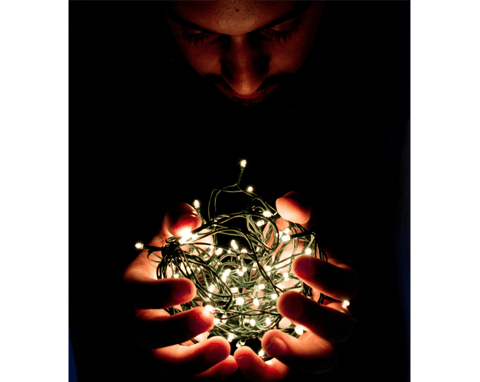

Understanding Your Patterns
Your patterns refer to anything that just seems to happen over and over, without consciously thinking or choosing it. The kind of people you are attracted to, and how the dynamic plays out in your relationships. The way you interpret social interactions, the meaning you make based on your past painful experiences and how you respond emotionally. The negative beliefs about yourself that these experiences reinforce. These patterns are laid down in early childhood and tend to recreate the family dynamic in some way as we seek out the familiar, what we know of as love.
An example would be someone who grew up in a volatile environment and had to walk on eggshells to keep the peace, was frequently belittled and criticized, who grew up to have an anxious attachment style with low self-esteem, weak boundaries and strong people-pleasing tendencies. They find themselves repeatedly drawn to people that are inconsistent in their affections and emotional availability, the uncertainty and shifting territory is known and familiar. They can develop big feelings for people quickly, and the hot and cold nature of the connection heightens their anxiety levels and brings all their insecurities to the surface. They have a core belief that they are too much; too emotional, too needy, too sensitive, and yet also somehow not enough; uninteresting, dull, awkward. This makes them overthink everything they say and be highly critical of themselves with negative self-talk. They try to warp themselves into who they think their partner wants but always feel like they fall short, and they see their partner’s ambivalence as evidence of their lack of worth. They begin having emotional meltdowns with their partner, who pushes them away bit by bit and finally just disappears. This serves to strengthen another core belief that people leave them because they are too much and not enough.
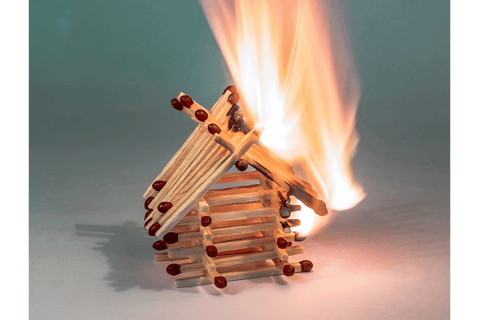

Know Your Triggers
A trigger is anything that serves as a reminder of a past attachment wound. It might not elicit a specific memory, but the nervous system recognises the context and pattern and escalates physiological arousal, setting off a cascade of stress hormones that feed into the overthinking, creating a spiral of anxiety. There is usually a story attached to it, like “They’ve been cold and distant, they must find me boring, I bet they’re talking to other people who are way more interesting than me”. Their partner with the avoidant attachment, who finds intimacy and emotions overwhelming and uncomfortable and is currently feeling pressured and shut down, their story goes something like, “There’s something wrong with me, I don’t really feel anything for anyone, I like them sure but they always push me for more than I can give, I’m better off alone”.
Where the person with the anxious attachment experiences an escalating physiological response that makes them desperately cling to their partner, the avoidantly attached person’s nervous system goes the other way into hypo-arousal; numb, detached, overwhelmed, maybe feeling resentment and contempt for their partner, needing to create space and distance immediately. Someone with a disorganized attachment would behave avoidantly with an anxious partner and anxiously with an avoidant partner, with a lot of oscillating between the two states as the urge to cut and run battles it out with the urge to cling on.
When we are triggered our nervous system is in a state of dysregulation and our brain is geared for threat detection and survival. We are much more likely to read danger into otherwise innocuous stimuli and our emotional responses will be amplified. It is so helpful to develop a good working reference for how your body feels at different levels of physiological arousal to help you recognize when you have been hijacked by strong emotions. This mindful awareness helps to create a little bit of buffer space to separate from the feeling and observe it, notice the racing thoughts and the stories on repeat. As a general guide, if your feelings about your person suddenly shift in a dramatic way that isn’t tied to you learning some terrible new information about them, then there’s a good chance that you have been triggered, are in a heightened state of reactivity, and are playing out your patterns. We get so caught up in these patterns and our stories that we overlook the underlying issue, which is this dynamic of push and pull, chaser and runner.
When you are triggered, observe what the accompanying behavioural urges are. Do you want to blow up their phone with upset and angry messages? Do you want to go quiet on them to make them worry about you? Do you want to do something rash and impulsive as revenge? Do you want to cut them out of your life altogether? This is triggered behaviour and it is not going to help you get your needs for intimacy and connection met, it will just perpetuate the cycle. This is your indication to take some time to regulate and try to get a more balanced perspective on the situation, and think what behaviours would be more helpful in fostering understanding, connection and intimacy.
It is important for you and your partner to discuss your triggers and to accommodate each other with gentleness and respect, while still each taking responsibility for managing your own emotions and responses. You should not be having to tip toe around each other’s triggers, the objective should be to create safety so that you can gently work on healing them.
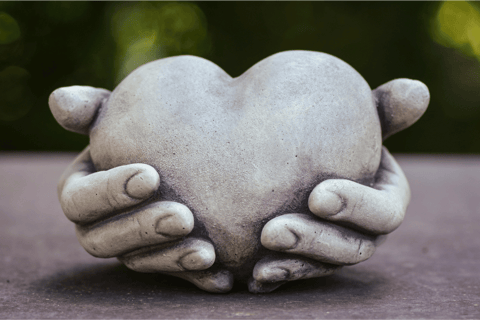

Understanding Others' Attachment
Understanding the attachment profile of your partner is such a game changer, even if you are just casually dating and don’t know them in much depth, it gives you a framework to understand the relationship dynamic in a more objective way. The stories and beliefs will be unique to the person and might not be what you’d guess, but the push and pull dynamic remains the same.
If you have an avoidantly attached partner, you can reassure yourself that it’s not about you, you can breathe and regulate yourself and let them take space, and you can set boundaries for yourself so that you can hold a balance of having patience and compassion for the other person while also not tolerating disrespect.
If you have an anxiously attached partner you can recognize how your attachment styles can interact to make them feel insecure, making it easier for you to lean into compassion for them when they are triggered, and you can develop less triggering ways to take the space that you need to regulate.
If you have a partner with a disorganized attachment, you can learn to distinguish when they are in their anxious state and when they are in their avoidant, this can help you make sense of their sometimes confusing behavior and guide you in giving them what they need in that moment while also looking after yourself.
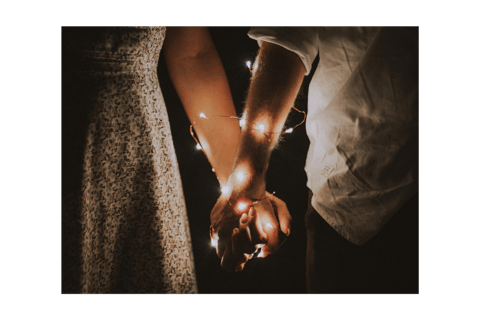

Meeting in the Middle
Above all, the beauty of what this framework offers is a way for you and your partner to have a shared language and a way of talking through the relationship issues with the attitude of team mates, fellow researchers working on a problem together. Your partner is not the problem and neither are you, the problem is your interacting attachment trauma. Talking through issues is not a process of determining who is right and who is wrong, it’s about hearing your partner and trying to understand where they are coming from and them doing the same for you.
A very important part of this process is holding space for your partner as a separate and sovereign entity, with their own thoughts, feelings, beliefs and perspectives that might not align with yours. Your job is not to make them see things your way, but to try to understand their perspective and for them to try to understand yours so that you can meet in the middle and find a way forward together.
If you consistently fail to find this mutual ground, either one or both of you are lacking in tools or you are just not compatible, and it’s the addictive quality of the attachment drama that keeps you together. This kind of relationship work requires for both people to have a good level of self-awareness and emotional maturity, and also commitment to the process. You can still make valuable strides in your own work even if your partner is not quite there, but ultimately a secure connection can only be built when both have the capacity and the commitment.
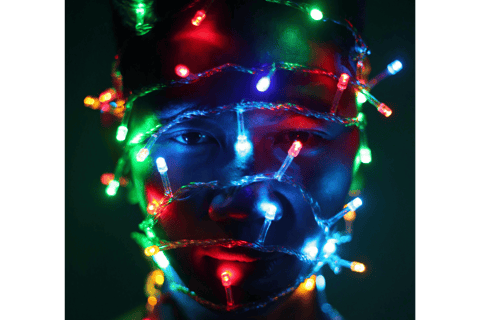

Needs, Expectations and Relationship Philiosophy
Through our upbringing and acculturation we inherit sets of assumptions and expectations about relationships that can remain implicit, as in not available to our conscious awareness, until we look at them through a critical lens. The prevalence of toxic monogamy in mainstream culture has normalized some very unhealthy perspectives and behaviors that are not conducive to building a safe attachment. To clarify, there are definitely healthy expressions of monogamy, but the dominant form across many cultures is based on possessiveness, entitlement and control.
There is an inbuilt expectation that your partner is there to meet all your needs and that you have the right to dictate and control parts of their life in assurance of getting those needs met. This is problematic, because for starters often people are not even consciously aware of their own expectations, nor do they tend to communicate them, so there's disappointment, frustration and resentment building over something that was never actually discussed and agreed upon.
It's important to unpack what makes for a reasonable expectation to have of somebody. To expect your partner to treat you with respect, openness and kindness, absolutely. To expect that they will sever ties with anyone that they have been involved with romantically or sexually, that is not reasonable. This is need-driven behavior in that there is a need for safety, but safety is achieved through trust, not control.
Where there is an expectation there is always an underlying need, and it's our job to evaluate our expectations to see if they are healthy expressions of that need. We all have the same core needs for safety, connection, and attention, and those needs are always valid, but how we experience and express those needs, and the expectations we build around them is heavily influenced by our culture and attachment style.
Healthy relationships are built on healthy relationship philosophies, and it helps to start from the ground up, building your philosophy with intent, guided by your values. You can do this for yourself if you are single or in collaboration with your partner. Think about the values you want your relationship to embody, such as trust, respect, openness, safety. Think about the patterns at play that undermine these values, the thought processes, stories and behaviors that perpetuate them. Consider what might instead be more in line with your values, and what you need to put into place to foster the development of new healthy relational patterns.
It’s important to hold yourself through this process with accountability but also great compassion. You learned these patterns to cope when you were very young and had no other tools and resources available to you. These patterns helped you to navigate a difficult world and they deserve grace.
At the core of a healthy relationship philosophy is the concept that you are each sovereign beings, choosing to do life together. This involves plenty of collaboration and compromise, but never coercion or control. You respect your partner as their own person with their own thoughts, feelings and needs, and you want to know what those are so that you can understand where they are coming from, and try to find a way for you to both get your needs met.
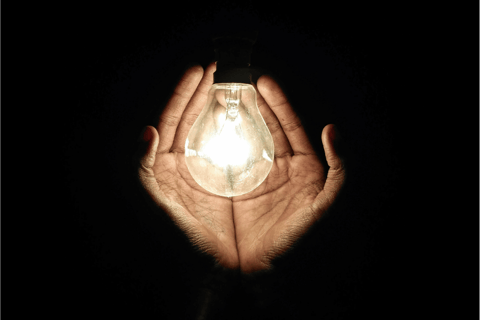

Healthy Boundaries
Healthy boundaries are vital in providing structure and containment for a safe attachment to develop, one that is based on healthy mutual inter-dependence rather than co-dependence or power struggles. Healthy boundaries provide essential balance between intimacy and autonomy, so that each person can prioritize their own needs and wellbeing, while also honoring those of their partner. Healthy boundaries can flex and shift as needed, but always in a way that feels reciprocal and consensual.
What do healthy boundaries look like in practice?
Each person takes responsibility for managing and expressing their own emotions and triggers, while doing their best to understand and respect those of their partner.
Each person takes accountability for their own behavior and actively works on being a better partner.
Both partners recognize and respect each others' need for alone time and personal space, this includes time for hobbies, other friendships, or simply unwinding alone in the manner of their choosing.
Respecting each other's privacy, such as not going through each others' phones or personal belongings without permission.
Establishing rules for handling conflict, such as agreeing not to shout, insult or bring up past issues, and instead focusing on finding constructive solutions.
Understanding and respecting each other's emotional limits and capacity, and not resorting to guilt, manipulation or emotional blackmail.
Maintaining healthy boundaries is an ongoing process that requires clear, open and vulnerable communication, and the ability to hold space for and really listen to your partner in good faith.


Conclusion
Having a good working understanding of attachment theory is a valuable tool in building healthy relationships, as it can help you understand your relationship dynamics with more objectivity and clarity.
Unpacking your core beliefs and trauma-formed constructs is a crucial first step in relational healing, as this will help you to develop awareness of the stories and patterns at play that undermine your ability to form and maintain healthy relationships.
This process will help you to recognize your triggers and to better know when you are operating from a place of emotional reactivity and letting your past influence how you perceive and respond in the present. Having a basic understanding of how the nervous system works and how to gauge and regulate your physiological arousal is a crucial asset in helping you to break old patterns of reactivity and to develop new, healthier ways of processing and expressing emotions.
Healthy relationships are built on healthy relationship philosophies, and unpacking cultural norms and expectations regarding relationships, examining them against your values, and discussing these with your partner is key to laying a foundation of mutual respect, trust and safety.
It's important too to make good choices in your partners and to recognize when an unhealthy old pattern is at play, and to learn how to be good on your own rather than staying in a relationship that is destabilizing or destructive for you. The one expectation you should hold without question is that you both treat each other with kindness, consideration and respect, and holding strong healthy boundaries around this helps grow your self-worth. If you've been in an abusive dynamic it might be hard for you to know what or who is right anymore due to the psychological impacts of manipulation and gaslighting, I unpack this further in another post.
A relationship should make you feel safe and loved, and help you thrive and grow, and it starts with you building a healthy relationship with yourself.